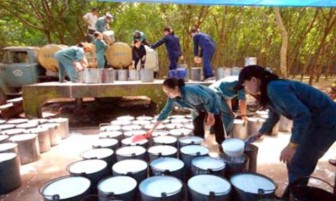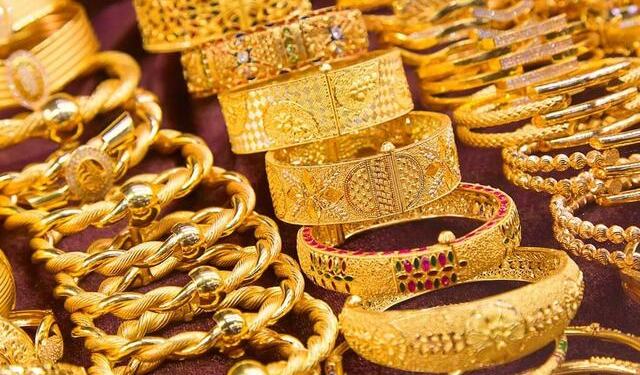 BANGKOK, Dec 12 (Reuters) – The world’s top three rubber producers have agreed to keep up a policy of cutting exports, but see no need for additional steps to support prices, a senior Thai government official said on Wednesday.
BANGKOK, Dec 12 (Reuters) – The world’s top three rubber producers have agreed to keep up a policy of cutting exports, but see no need for additional steps to support prices, a senior Thai government official said on Wednesday.
In a bid to prop up prices, now standing at less than half of a record high attained in February 2011, Thailand, Indonesia and Malaysia agreed in August to cut exports by 300,000 tonnes. They started cutting exports from Oct. 1, in a plan that runs through the end of March.
“We do not have any new measure at this stage,” said Wit Pratuckjai, director general of the Office of the Rubber Replanting Aid Fund and one of the officials attending a one-day ministerial meeting in the Thai beach resort of Phuket.
“However, we will continue to cut exports as we planned.”
Senior government and industry officials gathered at the meeting to discuss the rubber market situation and review if the steps taken had worked or needed to be scaled back.
Later on Wednesday, the ministers are expected to outline new plans for regional cooperation on rubber as they work to promote a region-wide solution, one official said.
“We would set a plan to develop the rubber industry of the whole region. It would be a 10-year action plan on how to grow rubber to benefit all,” said another senior official, who asked not to be named, as he was not authorised to speak to the media.
Thailand, the biggest exporter, is to cut rubber shipments by 150,000 tonnes as part of the August plan to cut exports. Indonesia, the second biggest, will cut its sales by 100,000 tonnes and Malaysia will cut exports by 50,000 tonnes.
But the policy has had minimal impact on prices, with Thai export-grade rubber sheet (RSS3) at $3.10 per kg on Wednesday. As global economic problems have sapped demand, prices have plunged from a record high of $6.40 per kg in February 2011.
The current RSS3 price of $3.00 to $3.10 per kg is an acceptable level that helped boost trade, traders and government officials at the meeting said.
“We are satisfied with this level. It may be well below the record, but it is not very volatile and it is the level that sellers and buyers accept,” a trader in Thailand’s rubber trading centre of Hat Yai said.
Physical rubber prices typically track benchmark Tokyo rubber futures, which have also halved from their record top hit in February last year.
Tokyo rubber futures have been trapped in a narrow range of 250 to 270 yen for weeks, as demand from China and India offset falling consumption from the U.S. and Europe.
The benchmark Tokyo rubber futures contract for May delivery rose on Wednesday to a two-month high of 272 yen per kg.
(Reporting by Apornrath Phoonphongphiphat; Editing by Clarence Fernandez)
Source: Reuters



























